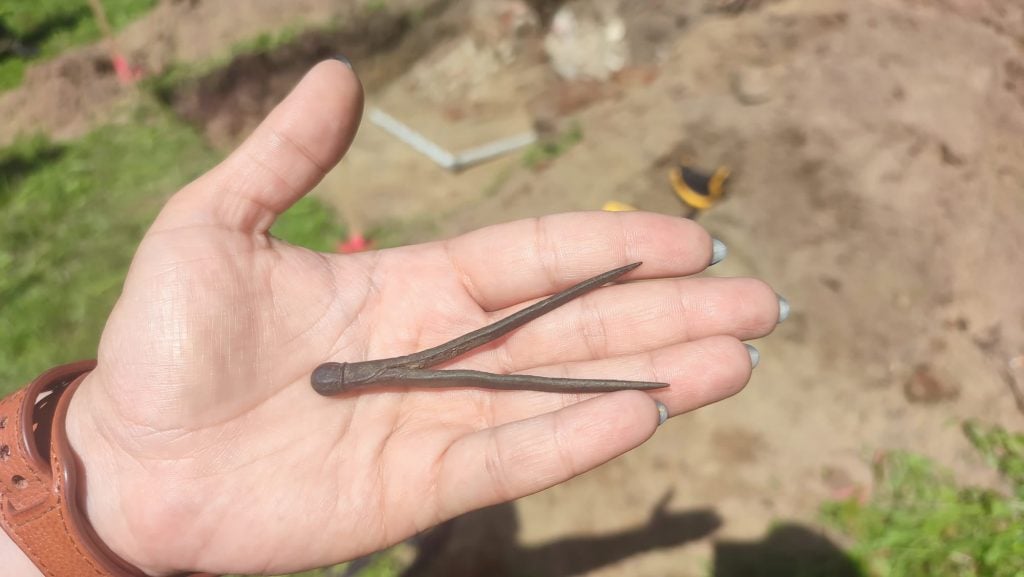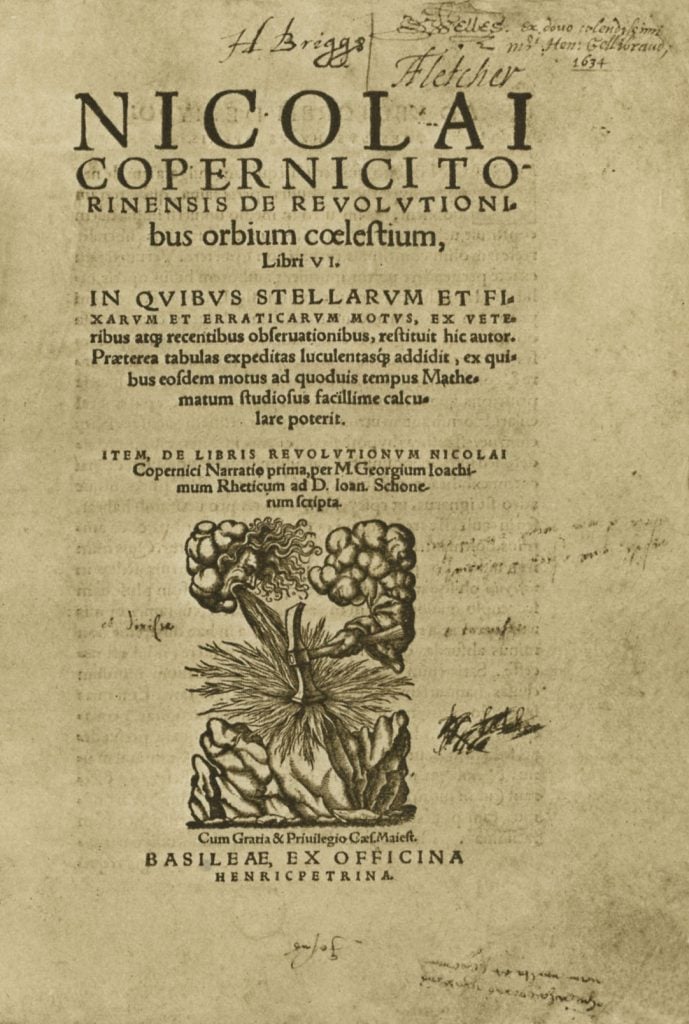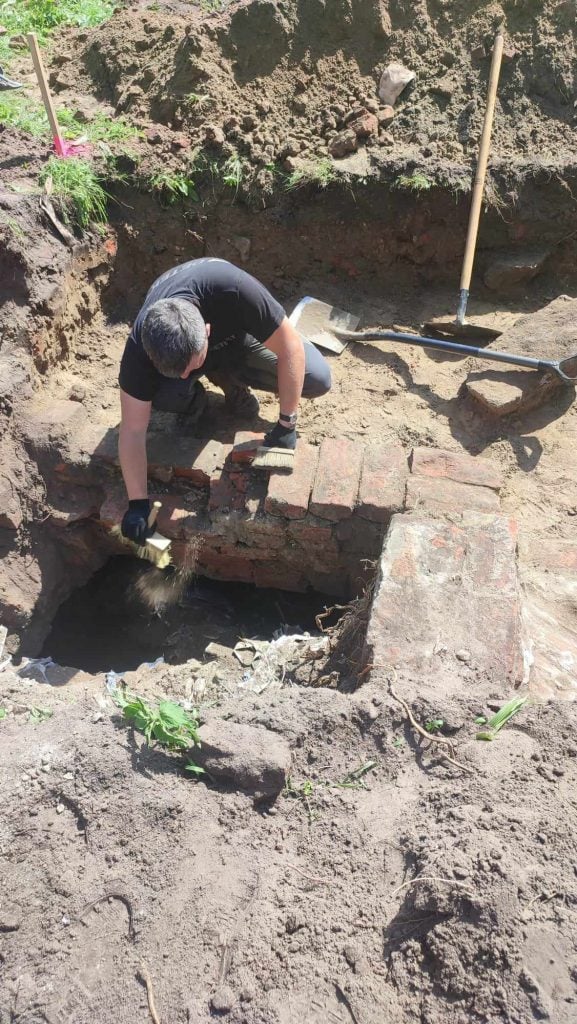Archaeology & History
Amateur Sleuths Are Convinced They Have Found Copernicus’s Famous Compass
The compass was discovered close to where the astronomer made his greatest discoveries.

Members of Warminska Grupa Eksploracyjna or Warmian Exploration Group, an amateur archaeology organization in Poland, discovered a 500-year-old compass that may have belonged to Renaissance astronomer Nicolaus Copernicus.
The instrument, which is made of copper-alloy, was found beneath the gardens of the Archcathedral of Frombork, a city in northern Poland. The archaeologists, who shared their discovery on Facebook, used ground-penetrating radars to survey the cathedral ground. “Today we are very successful!” they wrote in Polish, adding that the radars led them to an underground room with three separate tunnels.
“This amazing find not only takes us back in time to the period when Copernicus made his groundbreaking discoveries,” Warminska member Misja Skarb shared online, “but also opens up new possibilities for understanding his working methods.”

The compass found in Poland. Photo courtesy of Warmińska Grupa Eksploracyjna.
Although there is no way to prove that the compass was used by Copernicus personally, the circumstances suggest it might have belonged to him.
The astronomer not only lived near the cathedral, but he also worked there. In the 15th century, while at the University of Bologna in Italy, where Copernicus began studying astronomy and observed his first lunar eclipse, his maternal uncle and protector, Lucas Watzenrode, the bishop of Varmia, named him canon of the Frombork cathedral. The position’s generous income allowed Copernicus to fund his private studies, culminating in the 1543 publication of De revolutionibus orbium coelestium or On the Revolutions of Heavenly Spheres, which proposed—at the risk of angering the Catholic Church—that the Earth revolved around the Sun, rather than the other way around.

Title page of De Revolutionibus Orbium Coelestium (On the Revolutions of Heavenly Spheres) (1566) by Nicolaus Copernicus. Photo: Culture Club/Getty Images.
The compass discovered in Frombork also matches the one depicted in Astronomer Copernicus, or Conversations with God, an 1873 painting by Polish artist Jan Matejko that shows Copernicus standing on a balcony of the Frombork cathedral looking up at the heavens, the compass in his left hand.
Crucially, the compass was found not far from Copernicus’s remains. Although he was long thought to have been buried inside the cathedral, it wasn’t until 2005 that archaeologists stumbled upon a partial skull. In the absence of known living relatives, the skull’s DNA was compared to that of a couple of hairs found inside an old copy of Calendarium Romanum Magnum which, while written by the German mathematician Johann Stoeffler, was thought to have once been in Copernicus’s possession. The samples proved a match, confirming Copernicus was originally buried inside the cathedral.

The archaeologists excavating the underground room. Photo courtesy of Warmińska Grupa Eksploracyjna.
Members of Warminska Grupa Eksploracyjna believe the compass belonged to Copernicus because, according to Polish legend, the astronomer used secret tunnels to travel between the cathedral and the nearby castle where he worked. Perhaps he dropped the instrument during his daily commute.
The nearby Nicolaus Copernicus Museum agrees, with employee Zorjana Polenik telling local news outlets that the compass could indeed “have belonged to Nicolaus Copernicus himself.”
The third of such instruments to be found in Poland, and the second to be found on cathedral grounds, the compass has been sent to the Polish Conservator of Monuments for testing and conservation work, after which it will likely go to the Nicholaus Copernicus Museum.





